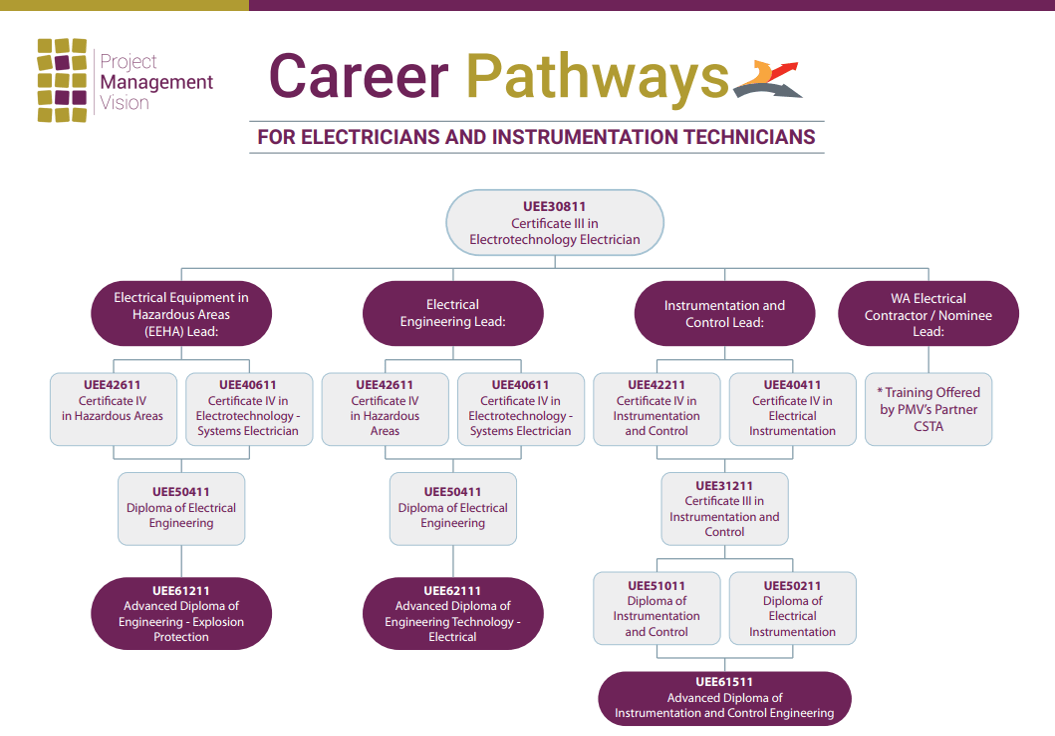The smart Trick of Roar Solutions That Nobody is Talking About
The smart Trick of Roar Solutions That Nobody is Talking About
Blog Article
How Roar Solutions can Save You Time, Stress, and Money.
Table of ContentsThe Definitive Guide to Roar SolutionsRoar Solutions Can Be Fun For EveryoneThe Ultimate Guide To Roar Solutions
In such an environment a fire or surge is possible when 3 standard problems are met. This is commonly described as the "harmful location" or "burning" triangle. In order to secure setups from a prospective explosion a method of evaluating and identifying a possibly dangerous location is required. The purpose of this is to ensure the correct option and installation of devices to ultimately prevent a surge and to ensure security of life.
(https://www.interweave.com/plus_old/members/roarsolutions/profile/)
No tools ought to be installed where the surface temperature of the equipment is greater than the ignition temperature level of the offered danger. Below are some common dust hazardous and their minimum ignition temperature. Coal Dust 380C 225C Polythene 420C (melts) Methyl Cellulose 420C 320C Starch 460C 435C Flour 490C 340C Sugar 490C 460C Grain Dirt 510C 300C Phenolic Material 530C > 450C Aluminium 590C > 450C PVC 700C > 450C Residue 810C 570C The likelihood of the danger existing in a focus high sufficient to create an ignition will certainly vary from area to location.
In order to classify this threat an installation is divided into locations of threat depending upon the quantity of time the harmful exists. These areas are referred to as Zones. For gases and vapours and dirts and fibres there are three zones. Area 0 Area 20 A harmful environment is highly likely to be existing and might exist for extended periods of time (> 1000 hours each year) or perhaps continually Zone 1 Area 21 A harmful ambience is feasible yet unlikely to be present for lengthy durations of time (> 10 450 C [842 F] A category of T6 implies the minimum ignition temperature is > 85 C [185 F] Harmful location electrical devices maybe developed for use in greater ambient temperatures. This would certainly indicated on the ranking plate e.g. EExe II C T3 Ta + 60C( This suggests at 60C ambient T3 will certainly not be gone beyond) T1 T1, T2, T3, T4, T5, T6 T2 T2, T3, T4, T5, T6 T3 T3, T4, T5, T6 T4 T4, T5, T6 T5 T5, T6 T6 T6 A T Course ranking of T1 suggests the maximum surface temperature level produced by the instrument at 40 C is 450 C. Assuming the associated T Course and Temperature score for the devices are suitable for the area, you can constantly use a tool with a more rigid Department score than needed for the area. There isn't a clear solution to this inquiry however. It really does rely on the sort of devices and what repair work need to be performed. Devices with specific examination procedures that can't be carried out in the area in order to achieve/maintain 3rd party ranking. Have to come back to the manufacturing facility if it is prior to the tools's service. Field Repair Service By Authorised Employee: Difficult screening might not be required nonetheless certain treatments might require to be followed in order for the devices to maintain its third celebration rating. Authorized employees should be used to perform the job correctly Repair should be a like for like replacement. New component should be taken into consideration as a straight replacement needing no unique testing go to this web-site of the tools after the repair is complete. Each piece of devices with a hazardous rating should be assessed individually. These are laid out at a high degree below, but also for more comprehensive info, please refer straight to the standards.
Some Known Questions About Roar Solutions.
The equipment register is a comprehensive database of tools documents that includes a minimum set of areas to determine each item's area, technological criteria, Ex lover category, age, and ecological data. The ratio of Detailed to Shut examinations will certainly be established by the Devices Risk, which is evaluated based on ignition threat (the likelihood of a source of ignition versus the probability of a combustible environment )and the unsafe location classification
( Zone 0Area 1, or 2). Executing a durable Risk-Based Assessment( RBI )technique is crucial for ensuring conformity and safety in handling Electrical Tools in Hazardous Areas( EEHA).
Roar Solutions - The Facts

In terms of eruptive threat, an unsafe area is a setting in which an eruptive ambience is existing (or may be anticipated to be present) in quantities that need unique precautions for the building, installation and use devices. eeha training. In this write-up we explore the challenges encountered in the work environment, the threat control procedures, and the needed competencies to function safely
These substances can, in specific problems, develop eruptive environments and these can have significant and terrible repercussions. Most of us are familiar with the fire triangular remove any kind of one of the three components and the fire can not happen, however what does this mean in the context of harmful locations?
In most instances, we can do little regarding the levels of oxygen in the air, however we can have considerable impact on sources of ignition, as an example electric devices. Harmful locations are recorded on the unsafe location category illustration and are recognized on-site by the triangular "EX-SPOUSE" indicator. Here, among various other vital details, areas are divided into 3 types depending upon the risk, the probability and duration that an explosive atmosphere will exist; Area 0 or 20 is regarded one of the most unsafe and Area 2 or 22 is regarded the least.
Report this page